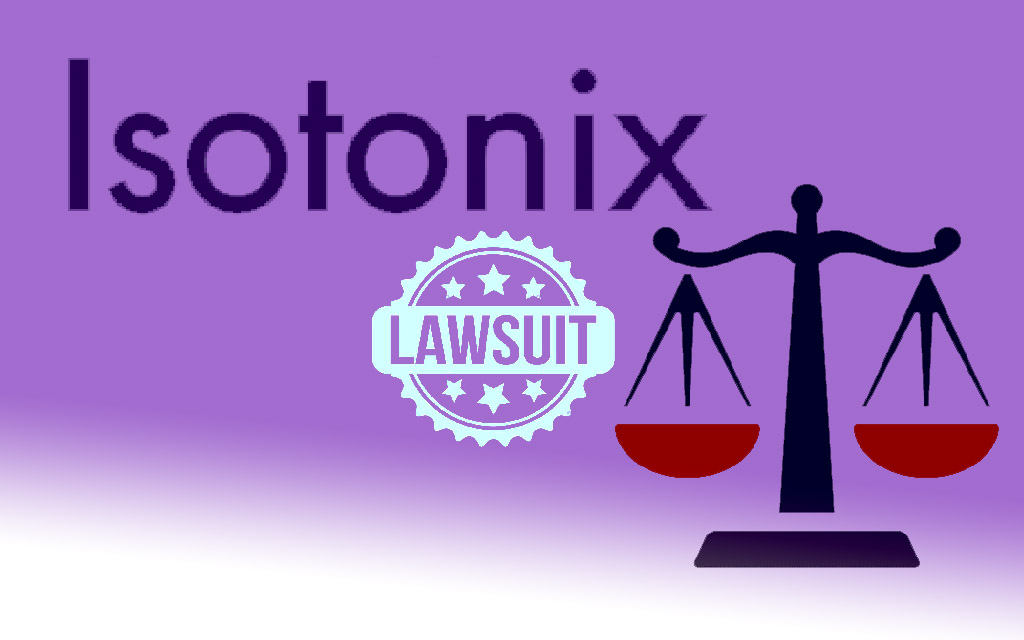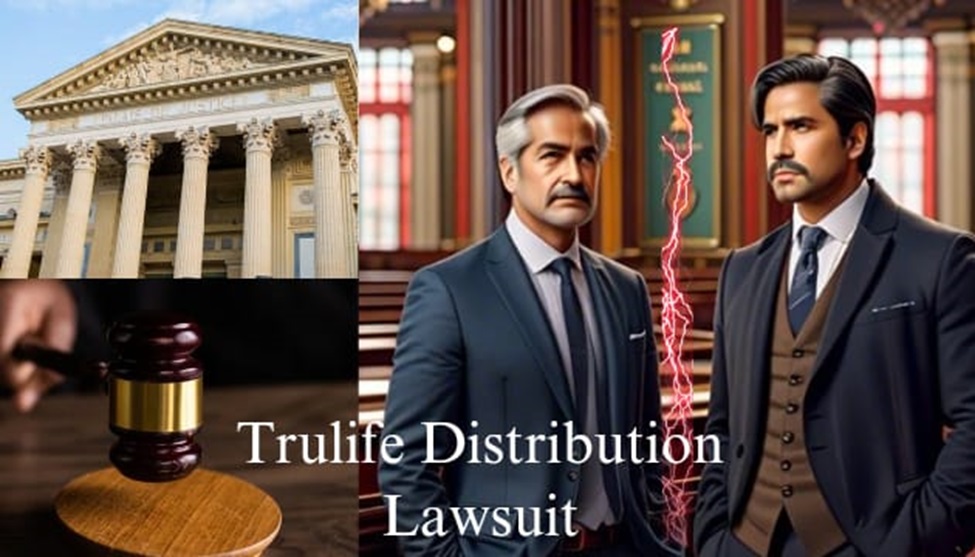The Native Shampoo lawsuit has sparked widespread concern among consumers. Allegations claim the brand misled customers about product safety and ingredient transparency. Plaintiffs argue that certain chemicals in Native Shampoo may cause harm despite its “clean” marketing. Consumers trusted the brand for natural and toxin-free products, but legal challenges question its integrity.
Customers rely on accurate product descriptions to make safe choices. The accusations against Native Shampoo highlight a more significant issue in the beauty industry—misleading advertising. This case could set an important precedent for consumer protection laws if proven true.
This article explores the lawsuit, key allegations, consumer complaints, and potential impacts on the personal care industry.
What is Native Shampoo?
Native Shampoo is a well-known personal care brand. It became famous for promoting clean beauty and natural components. The brand established a solid reputation by promoting products free of sulfates, parabens, and cruelty. Native Shampoo was adopted by customers searching for eco-friendly and safe substitutes. Recent legal actions, however, raise the possibility that the brand is not as natural as it is portrayed to be.
Because Native Shampoo was marketed as a non-toxic and chemical-free alternative, consumers preferred it to rival brands. However, legal documents suggest discrepancies between its marketing and actual product composition. Some customers feel misled, questioning whether “natural” is just a sales strategy.
Why Did Native Shampoo Face a Lawsuit?
Customers found potentially dangerous components in the shampoo, which resulted in a lawsuit. Plaintiffs allege that the firm engaged in false marketing, leading consumers to believe the product was 100% natural. Lab tests allegedly found synthetic and harsh chemicals in the formulation. Legal experts argue that such claims violate consumer protection laws.
Read also: Raw Sugar Shampoo Lawsuit: Legal Claims and Consumer Concerns
Many consumers expect transparency when purchasing beauty products. The allegations against Native Shampoo suggest that some companies use loopholes to make their products seem safer than they truly are. This lawsuit highlights the need for better industry regulations to ensure product claims align with reality.
The Major Allegations Against Native Shampoo
1. Misleading Advertising Claims
Consumers trusted Native Shampoo’s commitment to clean beauty. The brand heavily marketed itself as using only safe and natural ingredients. Plaintiffs argue that testing revealed synthetic chemicals that were not disclosed on the label. Accusations of deceptive advertising and consumer fraud have resulted from this misinformation.
Marketing tactics influence purchase decisions. Labels like “toxin-free” and “all-natural” are used by many individuals to help them make decisions. Consumer confidence in the entire sector may be damaged if these statements prove to be false.
2. Presence of Harmful Chemicals
According to reports, some of Native Shampoo’s scents and preservatives may irritate skin. Some clients complained of dryness, allergic reactions, and problems with their scalps. Unreported synthetic substances may pose long-term health hazards, according to studies. After believing the brand’s boasts of purity, customers feel deceived.
Customers are becoming more cautious as a result of growing awareness about dangerous substances in cosmetics. Concerns over regulatory loopholes in ingredient disclosure are raised when a “clean” brand has unidentified irritants.
3. Lack of Ingredient Transparency
The lawsuit alleges that Native Shampoo failed to provide full ingredient transparency. Many brands list all components clearly, allowing customers to make informed choices. Plaintiffs claim that Native hid certain chemical additives, preventing consumers from knowing the full formulation. This alleged lack of disclosure raises ethical and legal concerns.
The beauty sector has noticed an increase in demand for transparency. Customers desire reliable information about the goods they use on a regular basis. Lawsuits like this one could increase if companies don’t give consumers clear ingredient lists.
4. Potential Health Risks
Some consumers reported hair loss and scalp burns after using Native Shampoo. Lawsuits claim the product contains undisclosed irritants that can cause severe reactions. Experts stress that all ingredients should be properly disclosed to ensure consumer safety. Customers seek accountability and demand better product testing standards.
Unexpected consequences may arise from prolonged exposure to specific substances. Long-term usage of Native Shampoo may provide health problems if it contains irritants that were not properly labeled.
Consumer Stories: The Growing Complaints Against Native Shampoo
Many customers turned to social media to share their experiences. Some reported extreme dryness, hair thinning, and allergic reactions. Lawsuits include testimonies from individuals who suffered unexpected side effects. The company’s reputation took a hit as more users expressed dissatisfaction. Consumers demand answers and better industry regulation.
Social media has become a powerful tool for consumer advocacy. As more people share negative experiences, companies are held accountable in real-time. Native Shampoo’s response—or lack thereof—will likely influence public perception.
Native Shampoo’s Response: Defending the Brand
The company denied the allegations, stating that all products meet safety standards. Native insists that its formulas are rigorously tested and comply with FDA regulations. The brand maintains that any adverse reactions are rare and not directly linked to its products. Legal representatives argue that the lawsuit lacks sufficient scientific evidence. The court will decide if these defenses are valid.
The company’s legal approach depends on demonstrating that its marketing is truthful and its products are safe. The strength of the Native’s defence and the scientific data will determine if the lawsuit is successful.
The Government’s Response
Consumer advocacy groups called for stricter labeling and advertising regulations. The FDA has yet to take direct action against Native Shampoo, but ongoing investigations may change that. The lawsuit fuels debates about the need for more precise guidelines in the personal care industry. If proven guilty, natives may face fines, recalls, or reformulations.
Regulatory agencies play a crucial role in protecting consumers from misleading product claims. If Native Shampoo is found guilty, it could prompt policy changes across the beauty industry.
Other Lawsuits in the Beauty Industry
The Native Shampoo lawsuit is not the first of its kind. Several personal care companies have faced similar allegations of false advertising and unexplained chemicals. Concerns about formaldehyde-releasing preservatives were raised in lawsuits against well-known firms like OGX and TRESemmé. Customers are becoming more choosy, demanding safer products and accurate labeling.
In recent years, the beauty business has become increasingly scrutinised. Such cases demonstrate the need for stricter product testing regulations and more robust consumer protection legislation.
How This Lawsuit Impacts the Beauty Industry
The lawsuit highlights growing concerns over false advertising in the beauty sector. If Native loses, other companies may face increased scrutiny. Consumers may push for stricter industry regulations and better transparency. Such lawsuits can potentially change industry-wide marketing strategies and ingredient disclosure regulations.
A precedent-setting decision against Native Shampoo would compel other cosmetic companies to reconsider their formulation and marketing plans. The result might alter the regulations and labeling of personal care goods.
What Happens Next?
The case is ongoing, and the outcome remains uncertain. If Native loses, affected consumers may receive compensation. The beauty industry may see tighter regulations and stricter advertising rules. Legal analysts predict the case could influence future lawsuits against misleading personal care brands.
Consumers are watching closely to see how this case unfolds. The final decision could influence purchasing habits and trust in “natural” beauty brands.
Conclusion
The Native Shampoo lawsuit raises critical questions about product transparency and consumer trust. Allegations of deceptive marketing and concealed substances have caused significant concern. The case could establish a standard for honesty in personal care branding. If Native loses, similar companies may face greater accountability.
Consumers should research product ingredients carefully and stay informed about ongoing legal battles. The lawsuit may drive positive change in the beauty industry, ensuring safer and more transparent products for everyone.


